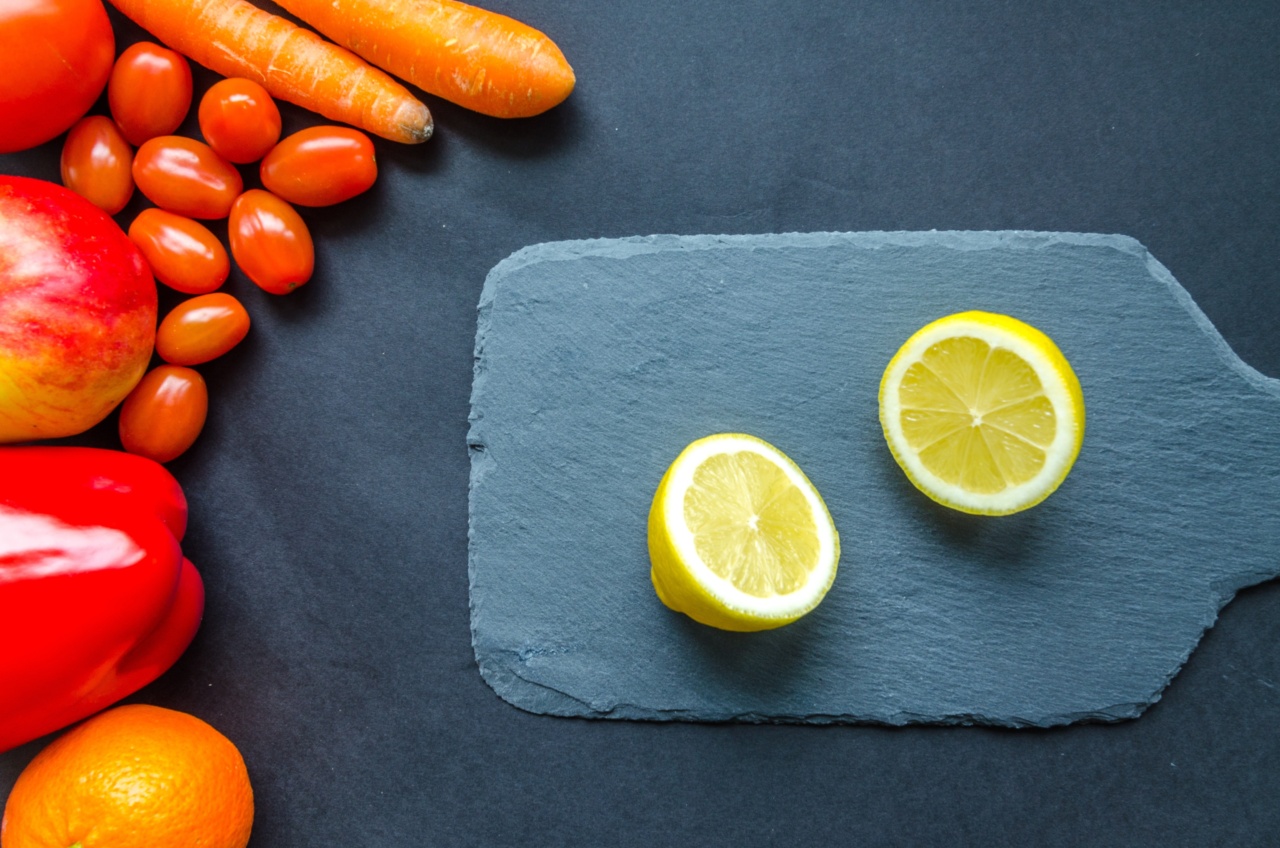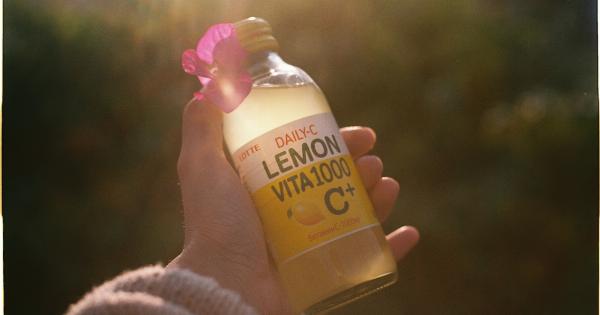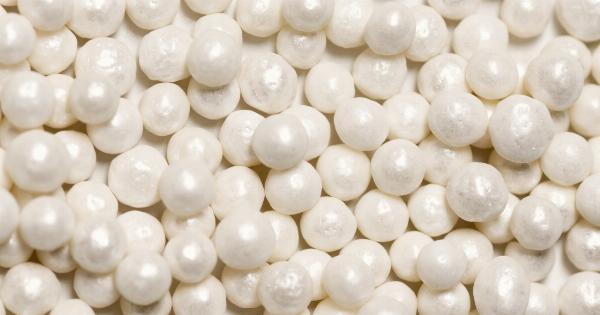As we age, our bones become weaker and more prone to fractures. This is because our body loses bone mass and density, making our bones thinner and more brittle.
This is particularly true for women, who are at a higher risk of osteoporosis after menopause.
One way to maintain and strengthen bone health is by eating a diet rich in bone-building nutrients. Fruits are excellent sources of vitamins and minerals that support bone health.
In this article, we will highlight the top fruits that you should include in your diet to maintain healthy bones in your 50s.
1. Oranges
Oranges are not only delicious but are also an excellent source of vitamin C, which is essential for bone health. Vitamin C plays a key role in collagen synthesis, which is a protein that provides structural support to bones, muscles, and tendons.
Deficiency of vitamin C can lead to weakened bones and joints.
2. Pineapples
Pineapples are another fruit that is rich in vitamin C. But what makes them unique is their high concentration of an enzyme called bromelain.
Bromelain is known for its anti-inflammatory properties and can help reduce swelling and inflammation in bones and joints. It can also help improve digestion, which is important for overall health and wellbeing.
3. Kiwis
Kiwis are a great source of vitamin K, which is essential for bone health. Vitamin K helps activate proteins that regulate bone mineralization and prevent calcium buildup in arteries that can lead to heart disease.
Kiwis are also rich in vitamin C and antioxidants that help protect bones from damage caused by free radicals.
4. Apples
Apples are a good source of several bone-building nutrients, including vitamin C, potassium, and boron.
Potassium helps reduce the loss of calcium in urine, while boron helps boost bone density by increasing levels of vitamin D and estrogen, which are essential for bone health.
5. Bananas
Bananas are excellent sources of potassium, which is important for maintaining bone health. Potassium helps prevent the loss of calcium in urine, which can increase the risk of osteoporosis.
Bananas are also rich in vitamin C, vitamin B6, and magnesium, which are all essential for bone growth and development.
6. Berries
Berries are rich in antioxidants, which help protect bones from damage caused by free radicals. They are also a good source of vitamin C, which is essential for collagen synthesis and bone health.
Berries also contain anthocyanins, a flavonoid that has been linked to improved bone density and reduced risk of osteoporosis.
7. Papayas
Papayas are rich in vitamin C, which plays a key role in collagen synthesis and bone health. They are also a good source of vitamin A, which is essential for bone growth and development.
Papayas are also rich in potassium and magnesium, which are essential minerals for bone health.
8. Watermelon
Watermelon is an excellent source of lycopene, an antioxidant that has been linked to improved bone density and reduced risk of osteoporosis. Lycopene also helps protect bones from damage caused by free radicals.
Watermelon is also a good source of vitamin C, which is essential for collagen synthesis and bone health.
9. Avocado
Avocado is a great source of vitamin K, which helps regulate bone mineralization and prevent calcium buildup in arteries that can lead to heart disease.
Avocado is also a good source of vitamin C, which is essential for collagen synthesis and bone health. Avocado is also rich in healthy fats, which can help improve the absorption of bone-building nutrients.
10. Mango
Mango is a great source of vitamin C and vitamin A, which are essential for bone growth and development. It is also rich in potassium and magnesium, which are essential minerals for bone health.
Mango contains several antioxidants, including beta-carotene and flavonoids, which help protect bones from damage caused by free radicals.
In conclusion, adding these fruits to your diet can help maintain and strengthen your bones as you age.
Eating a diet rich in bone-building nutrients, as well as engaging in regular exercise, can help reduce the risk of bone loss and fractures in your 50s and beyond.































